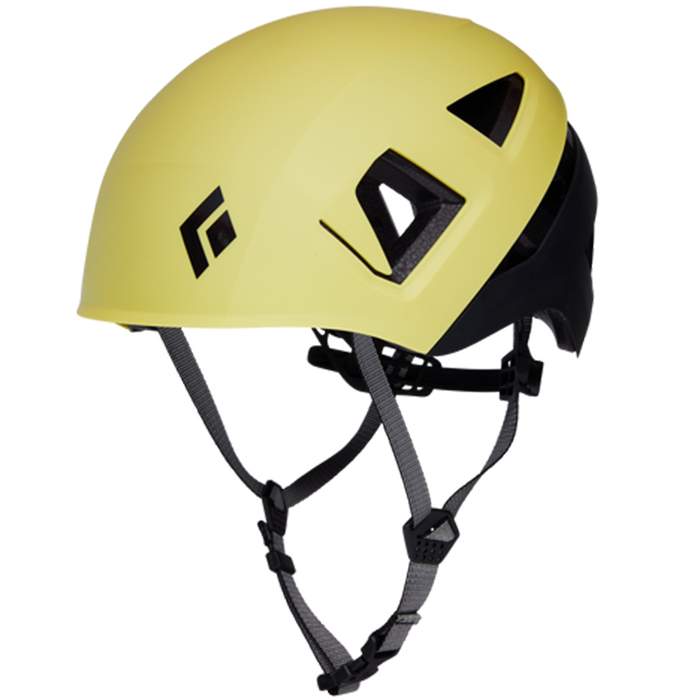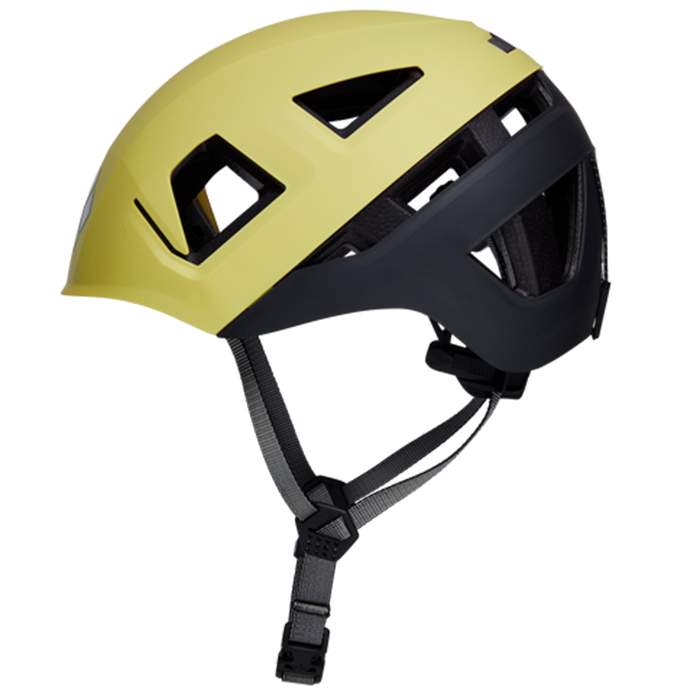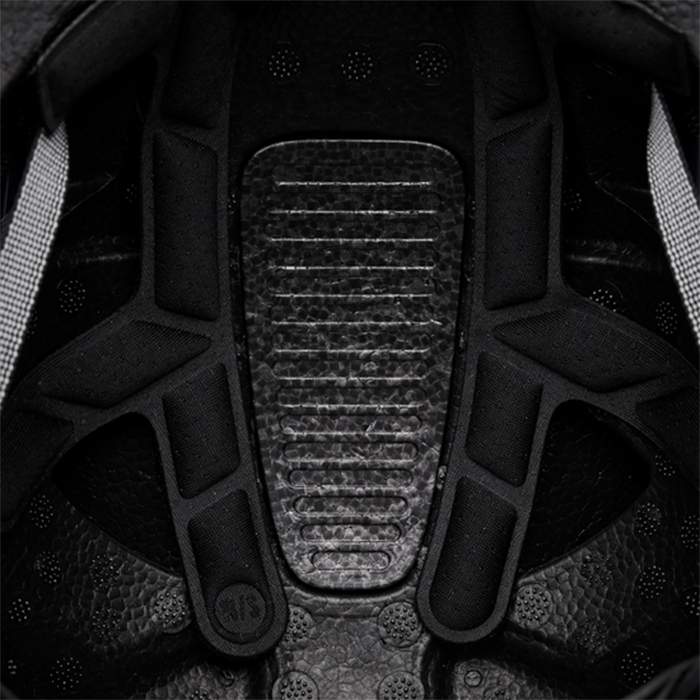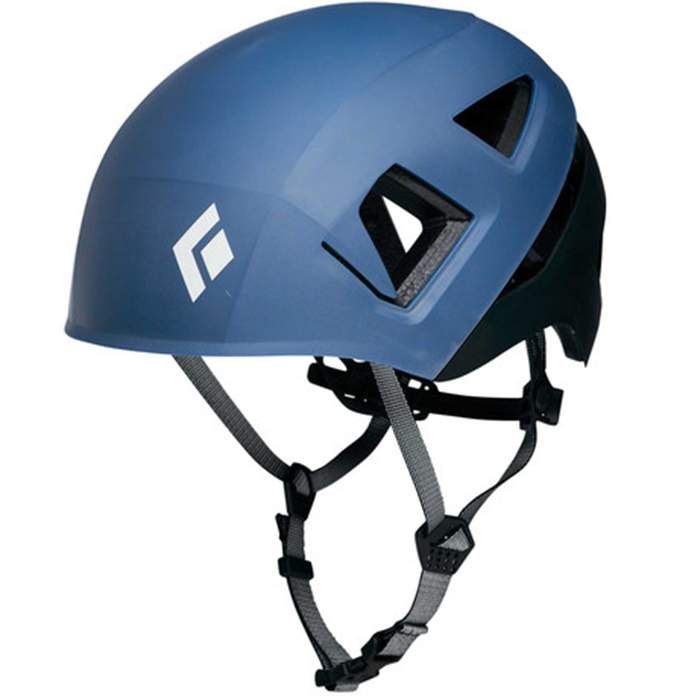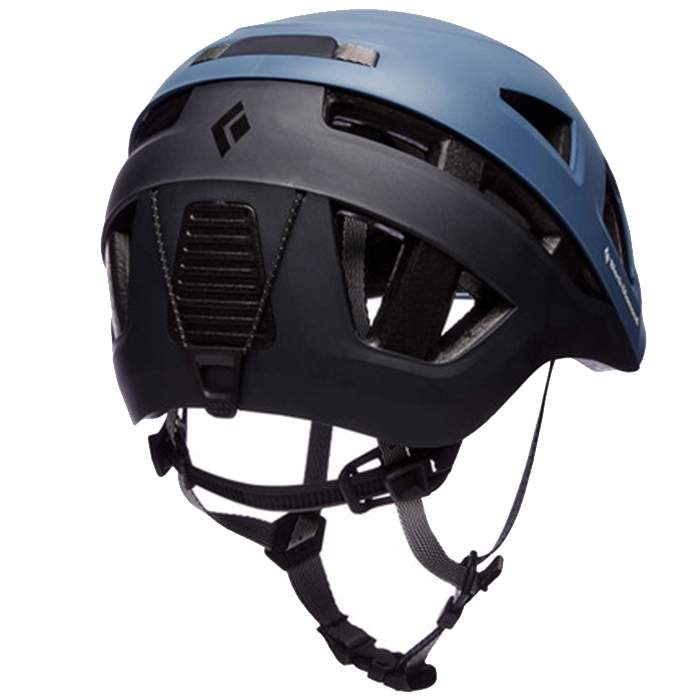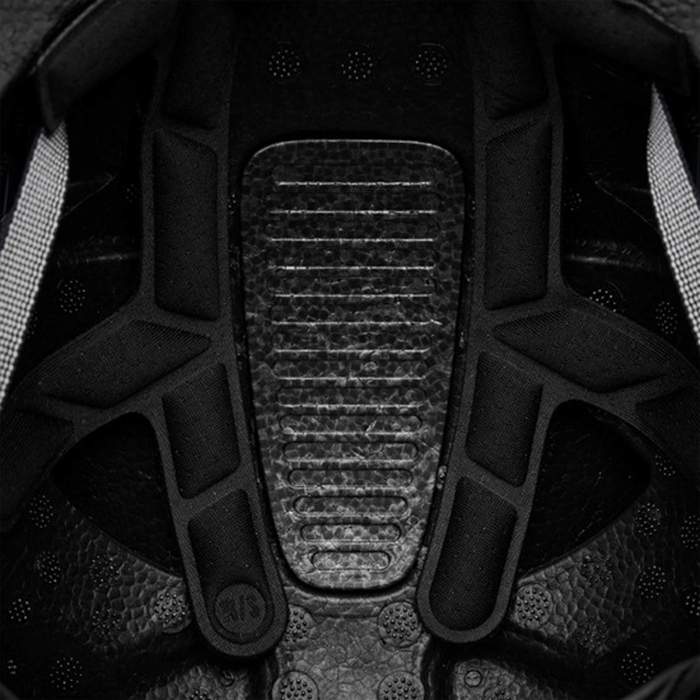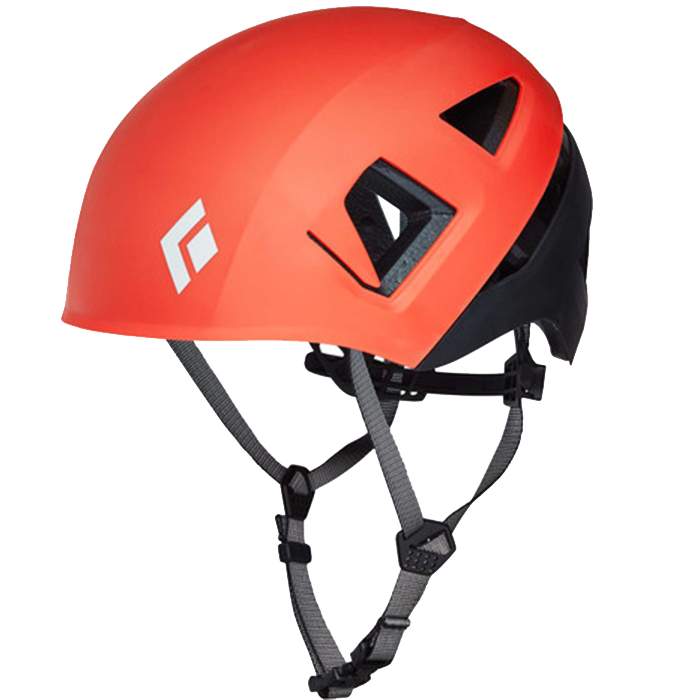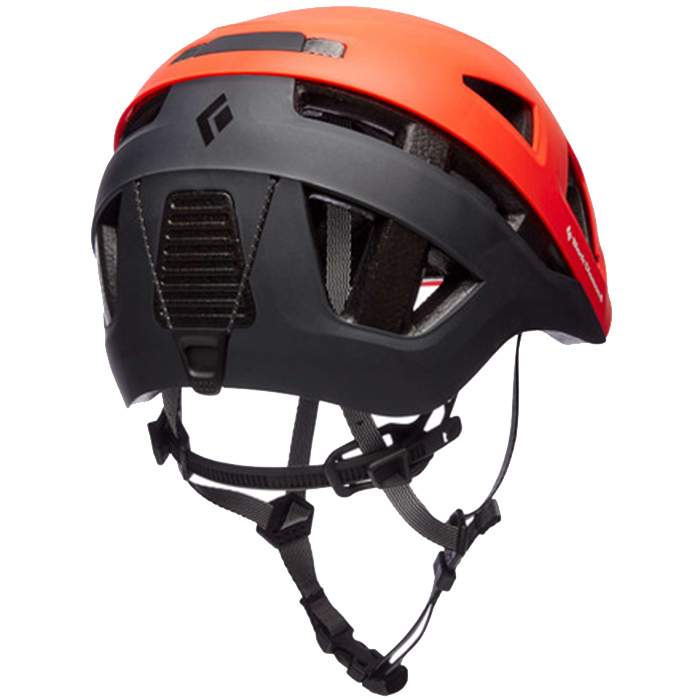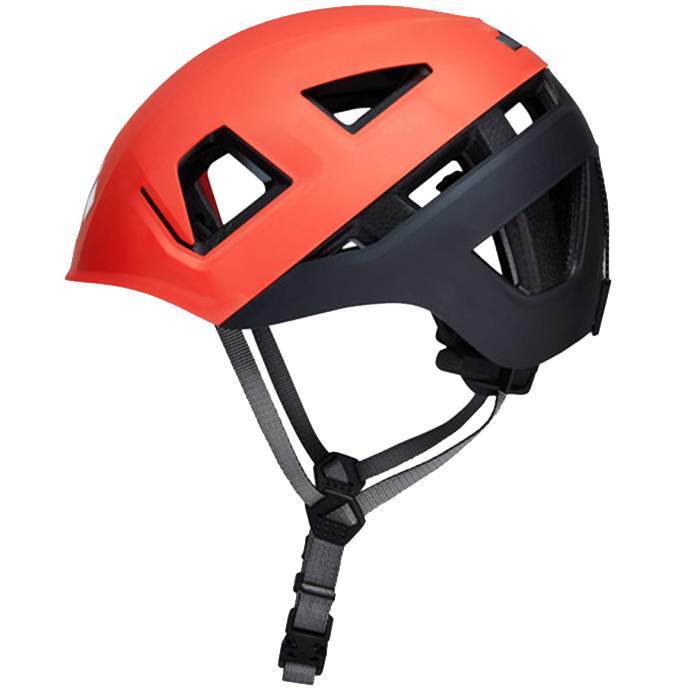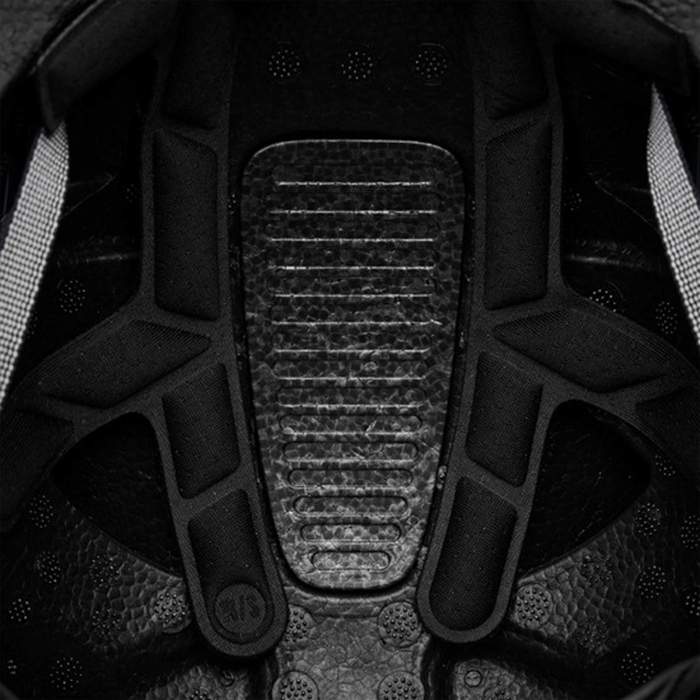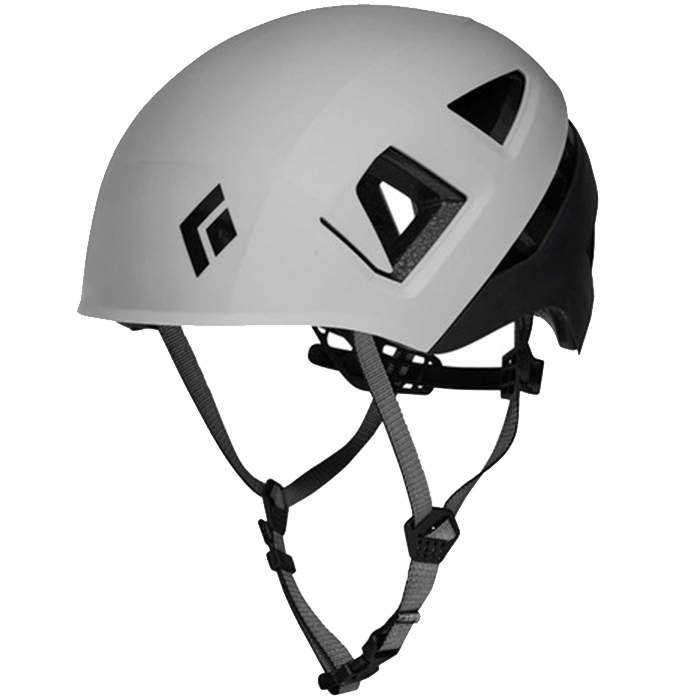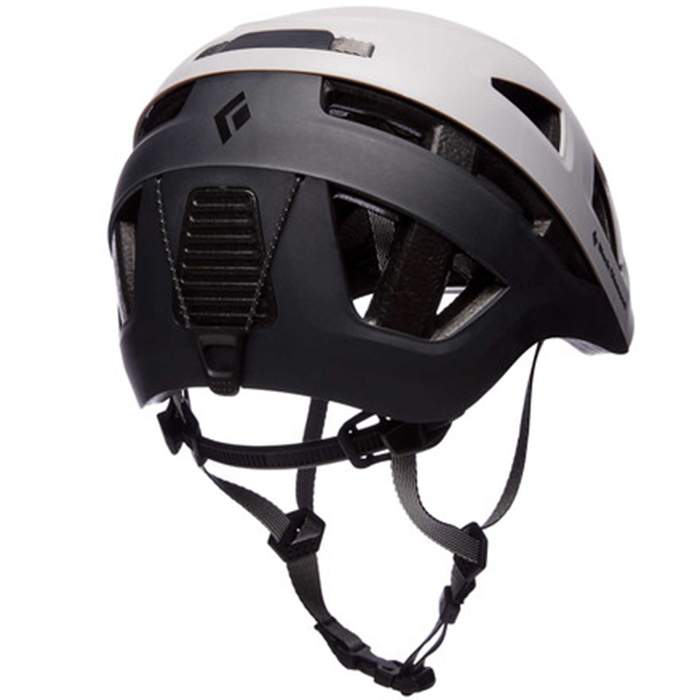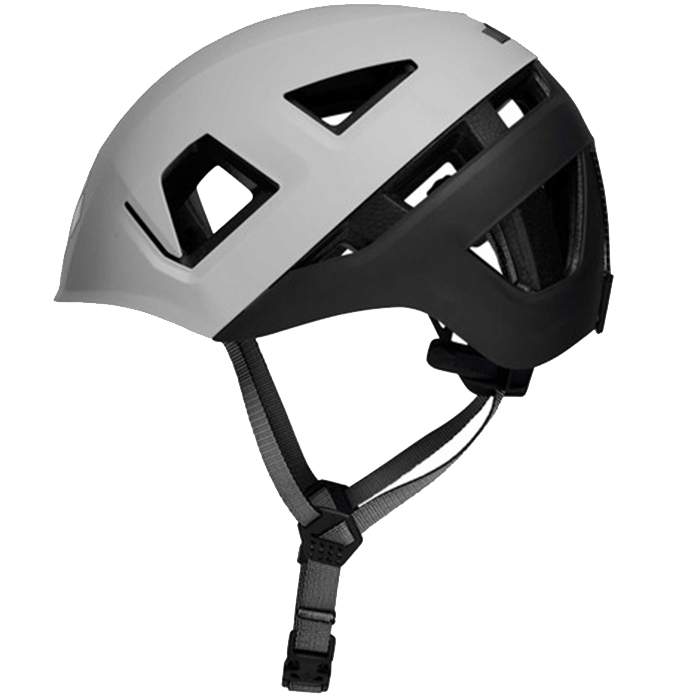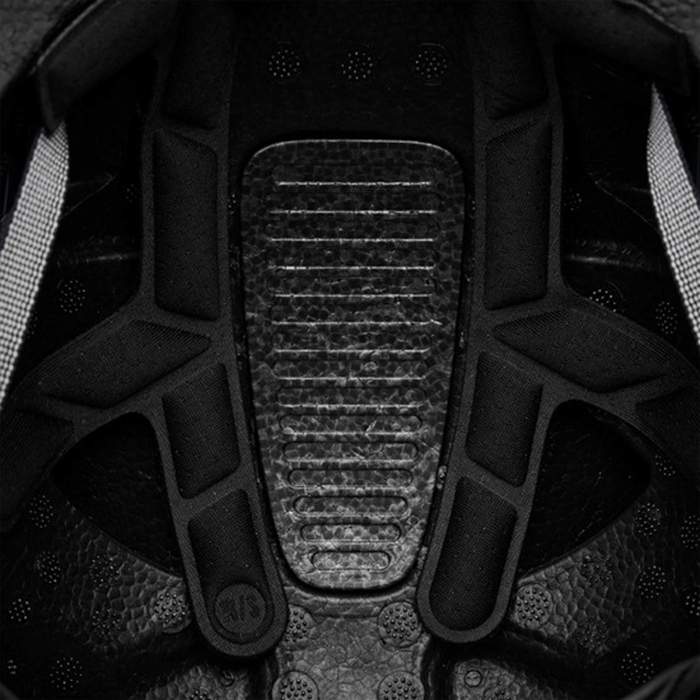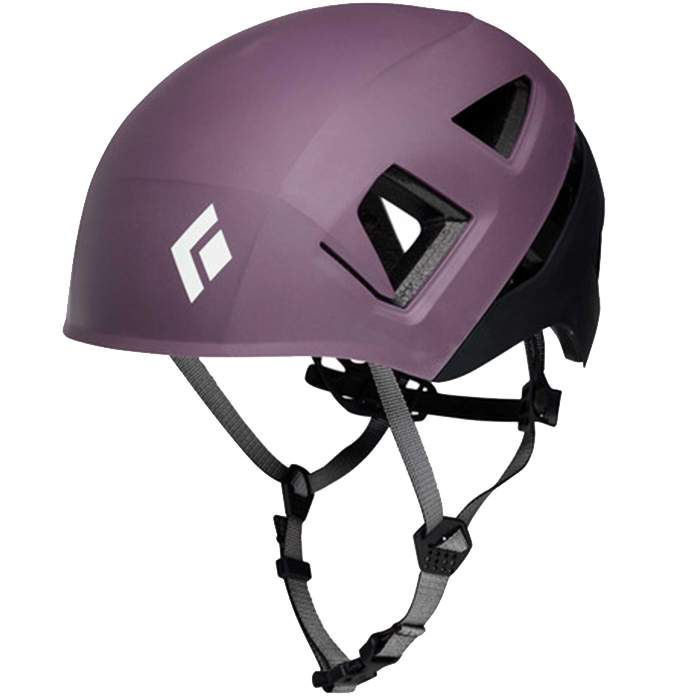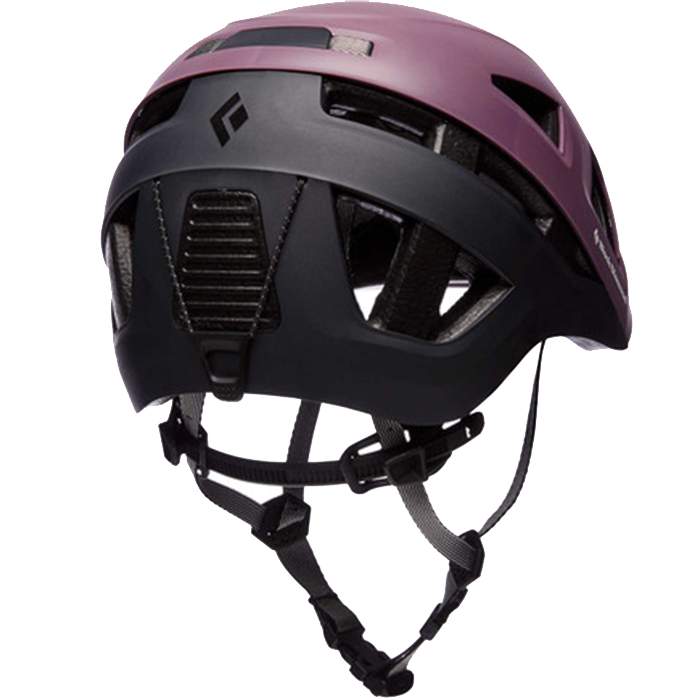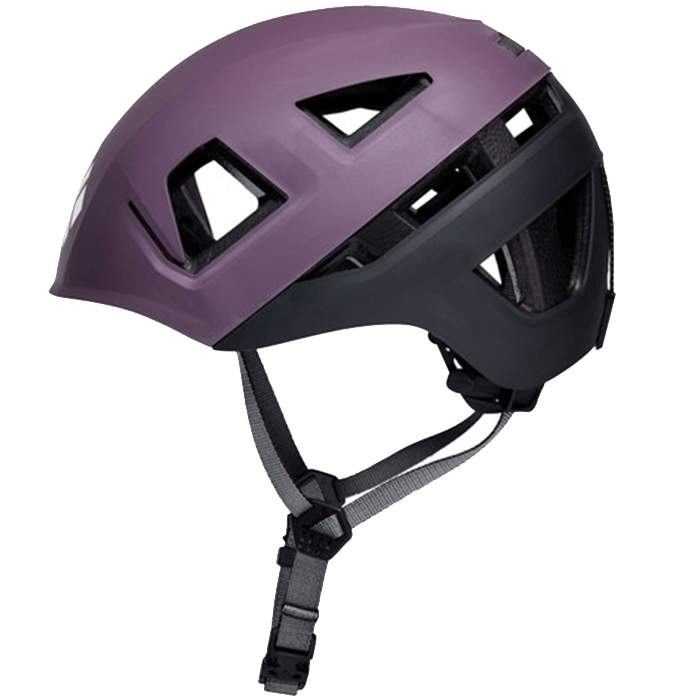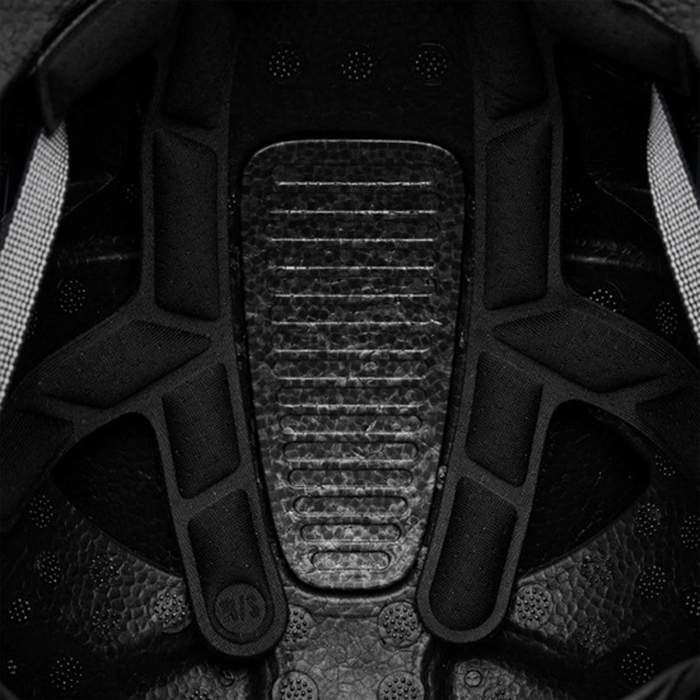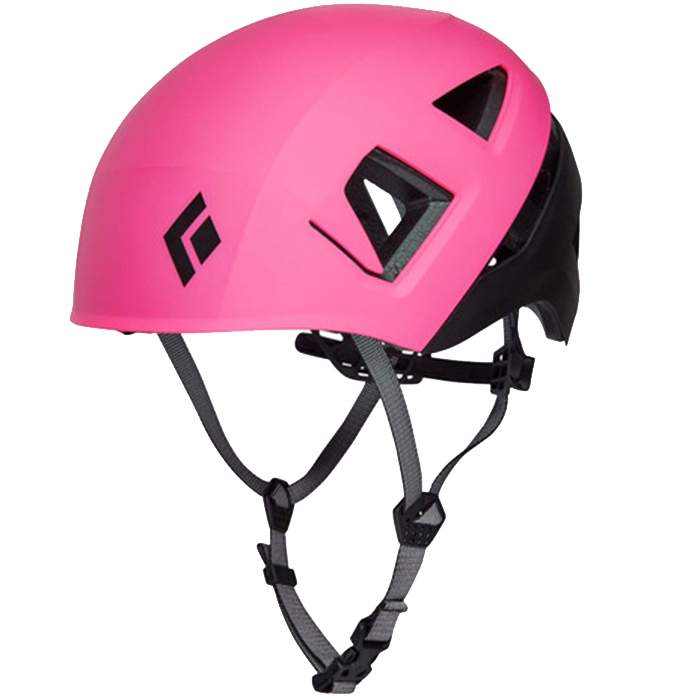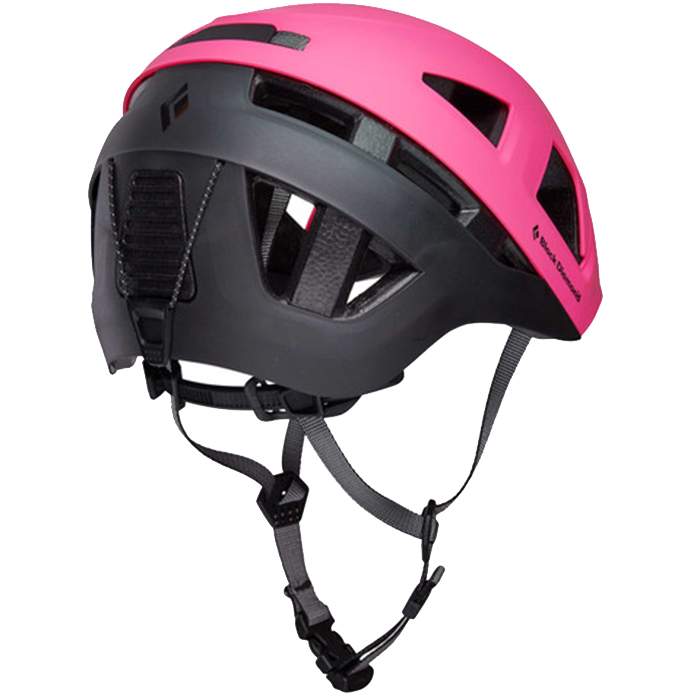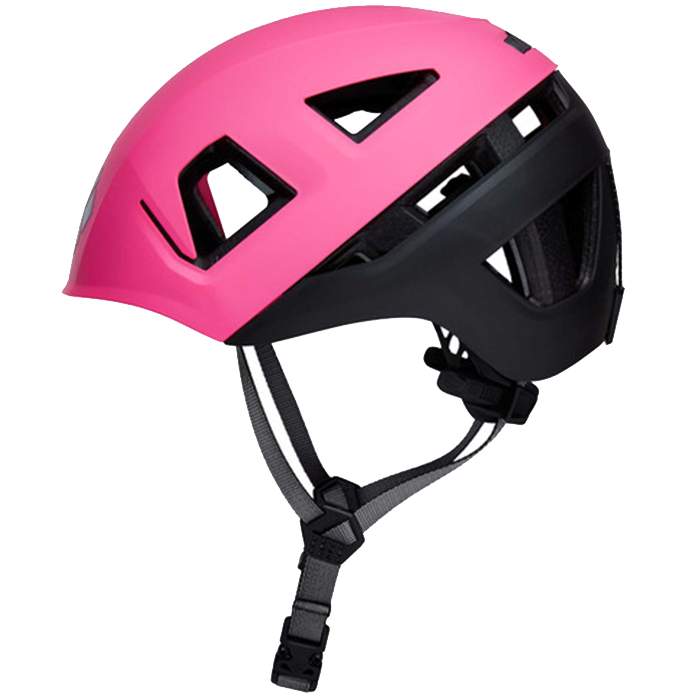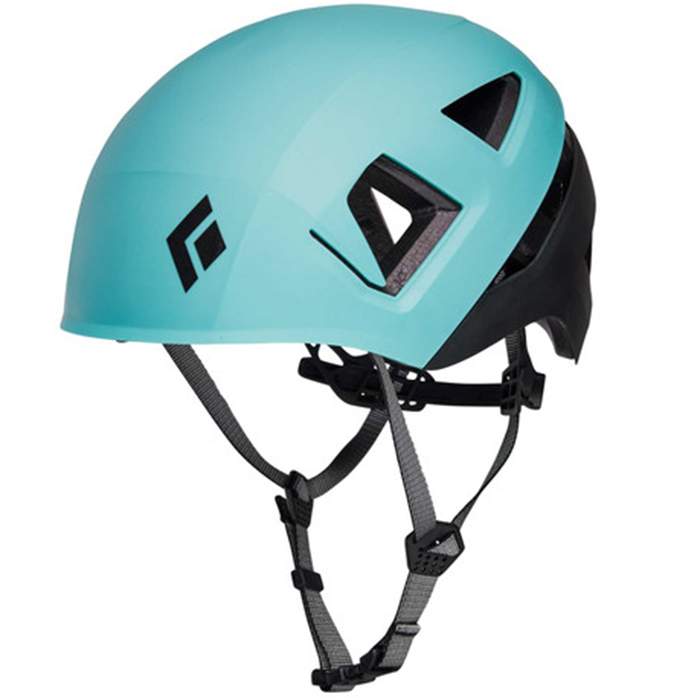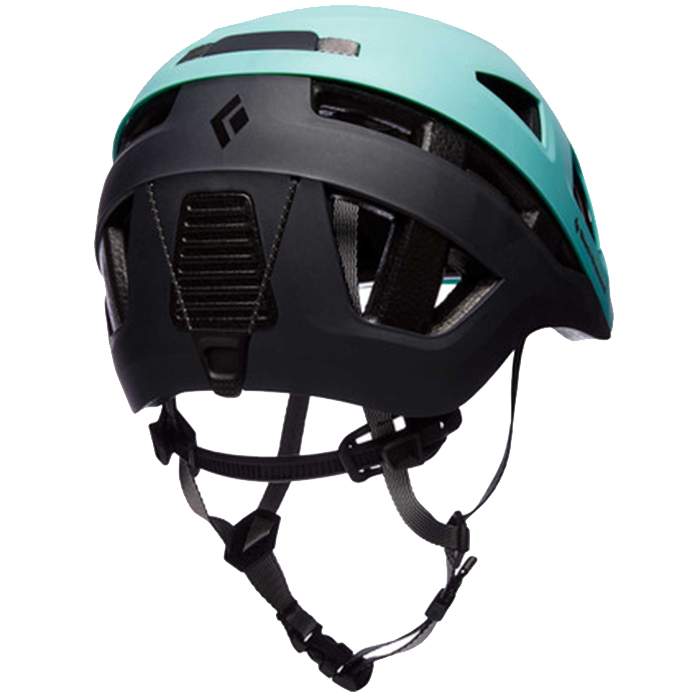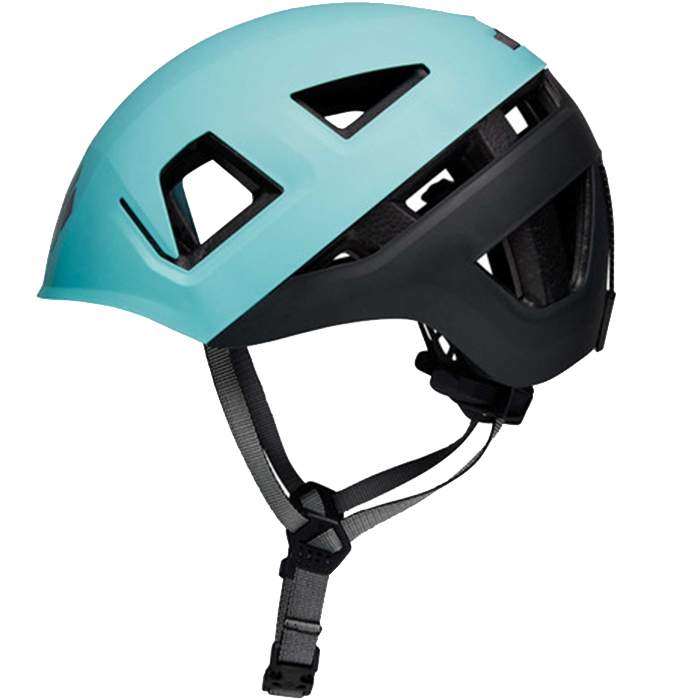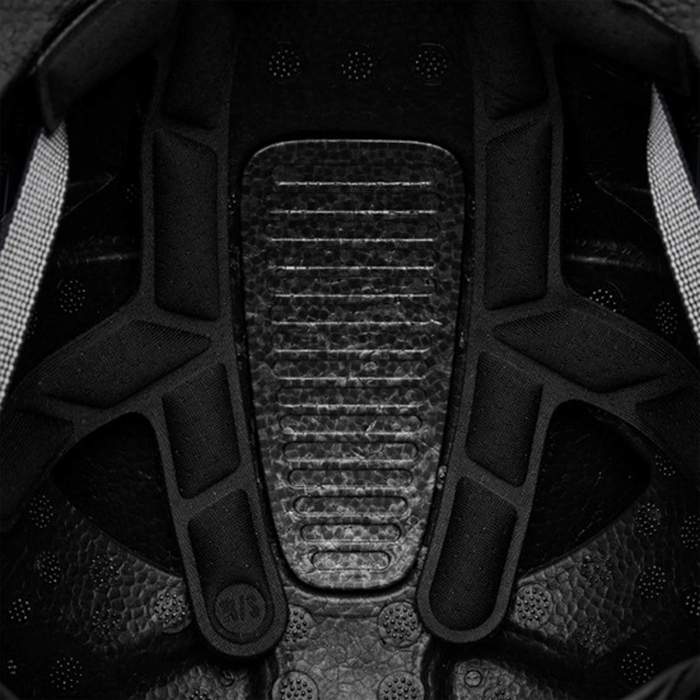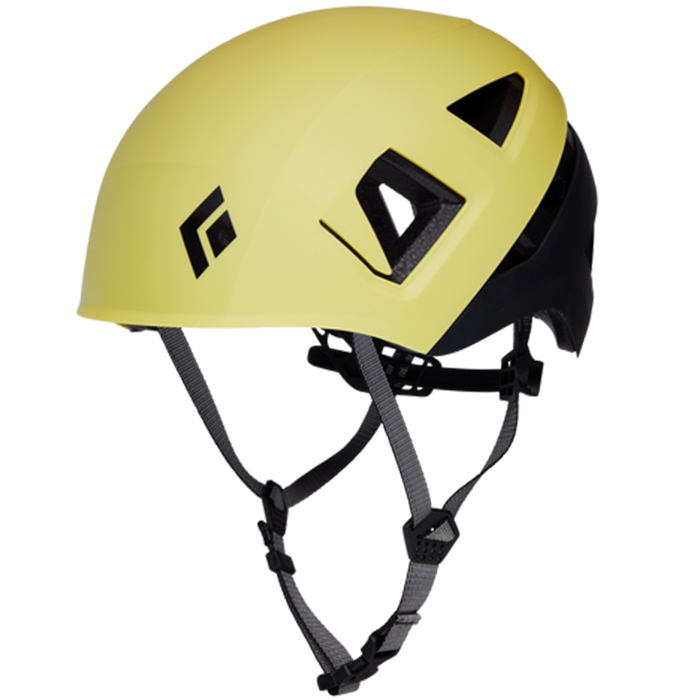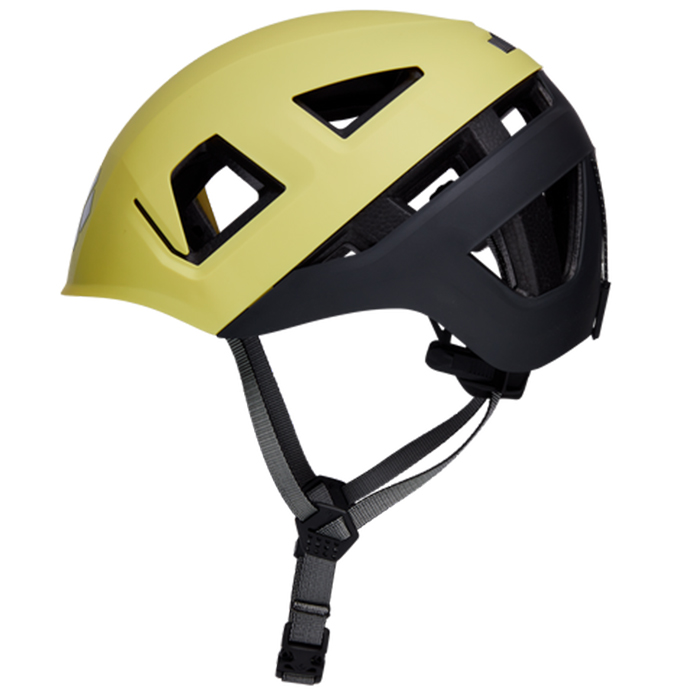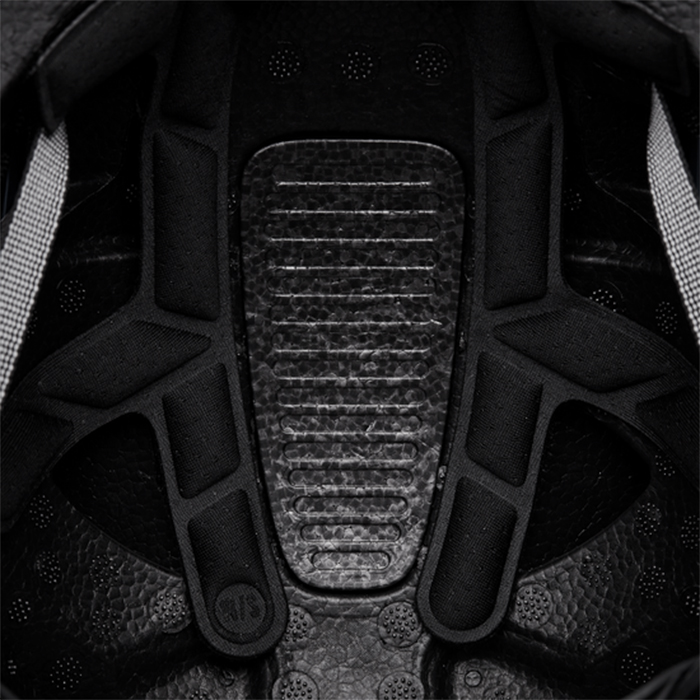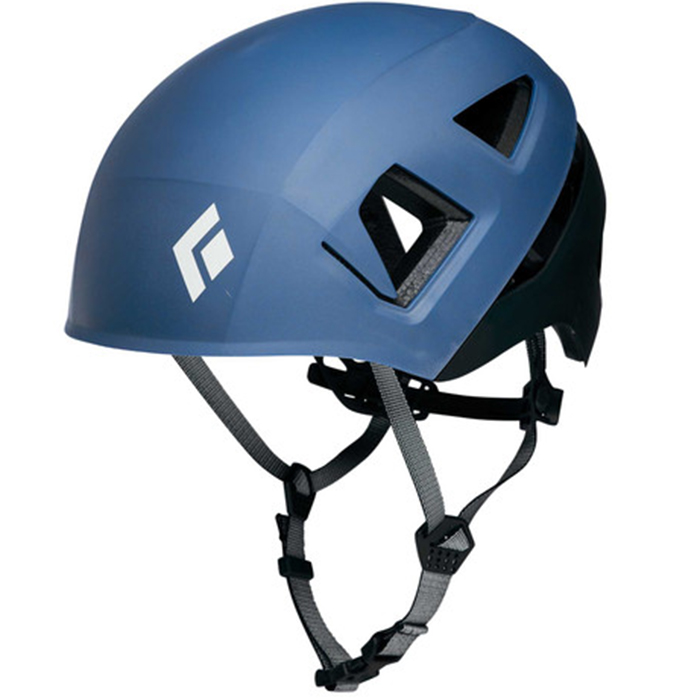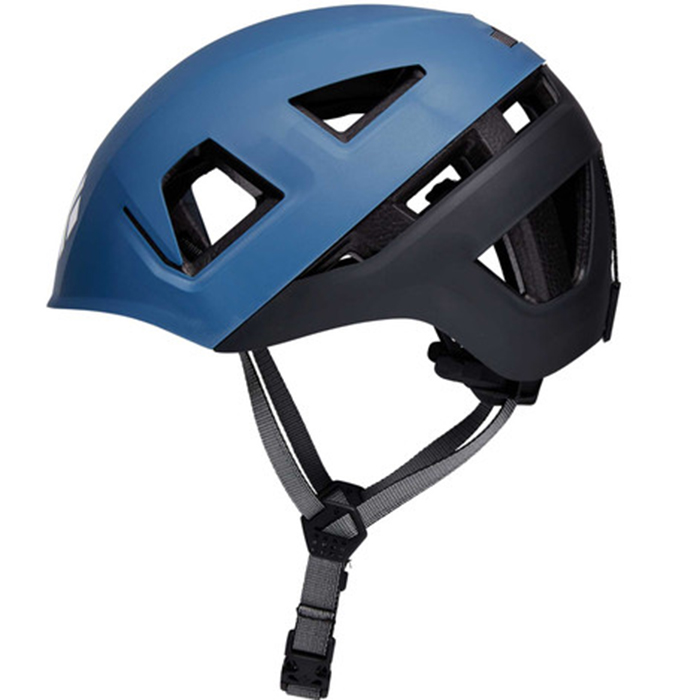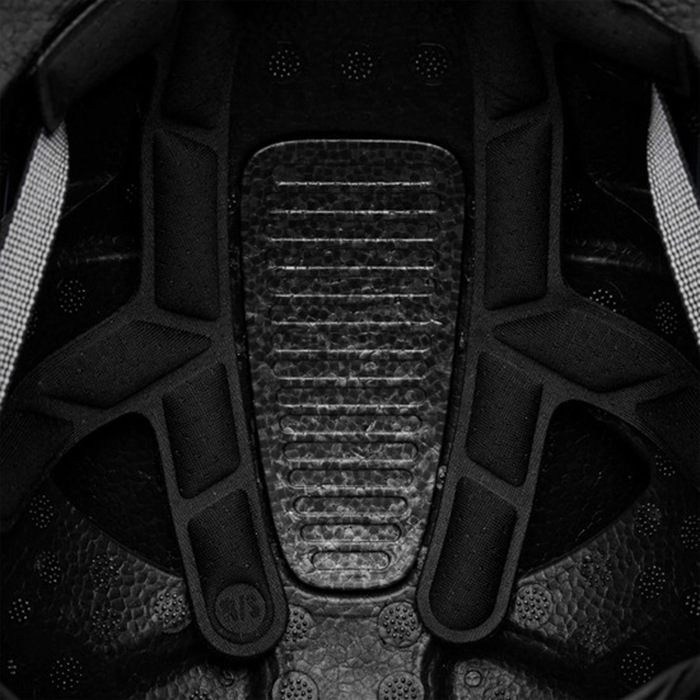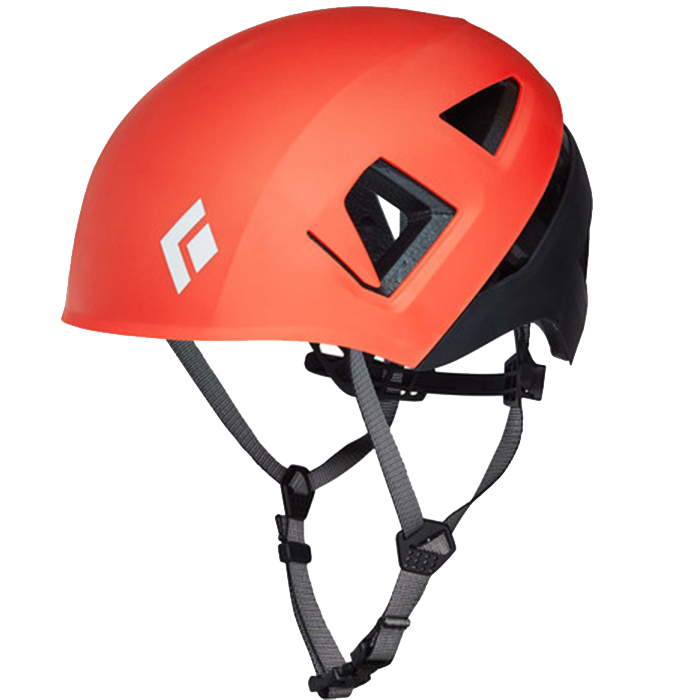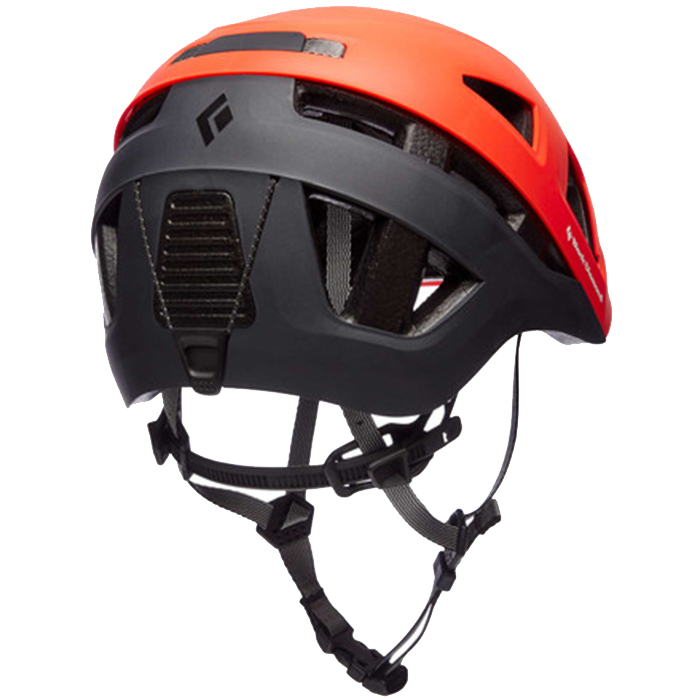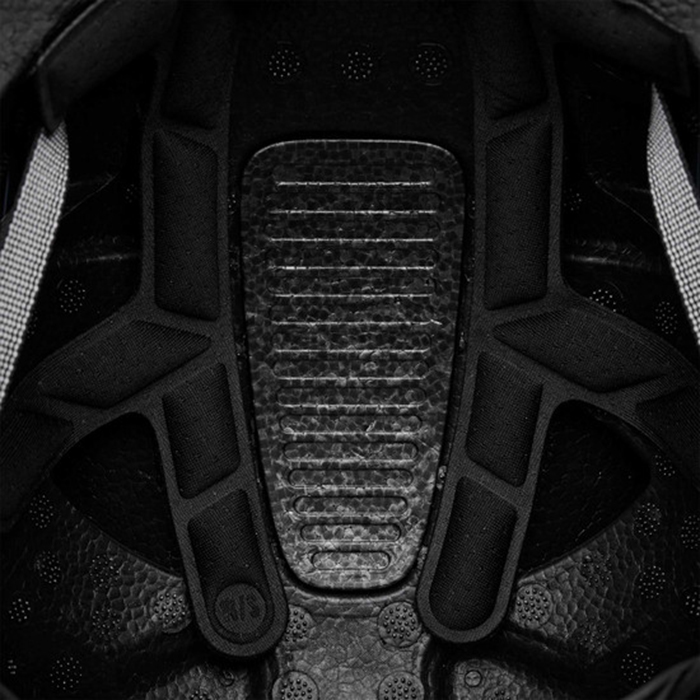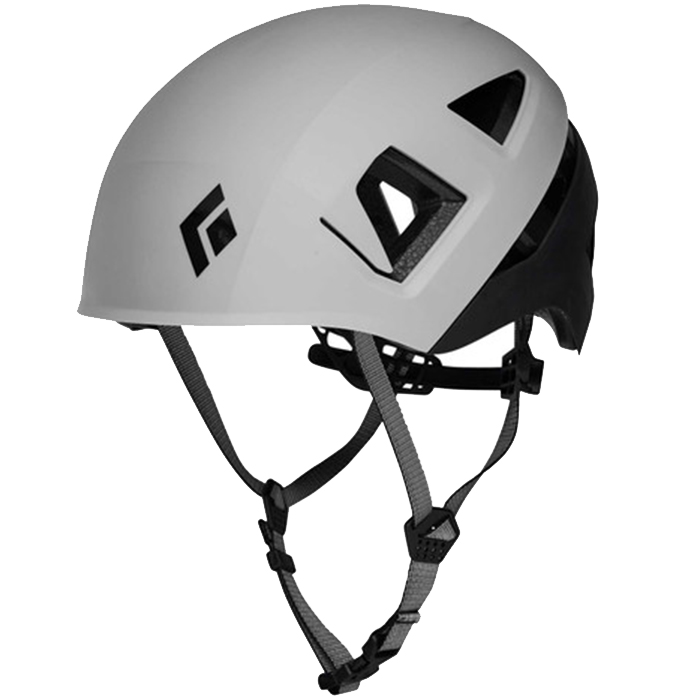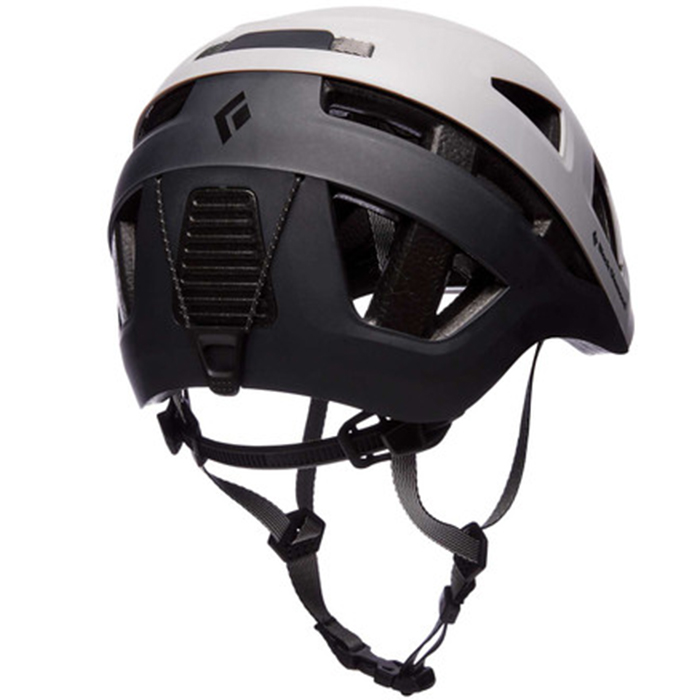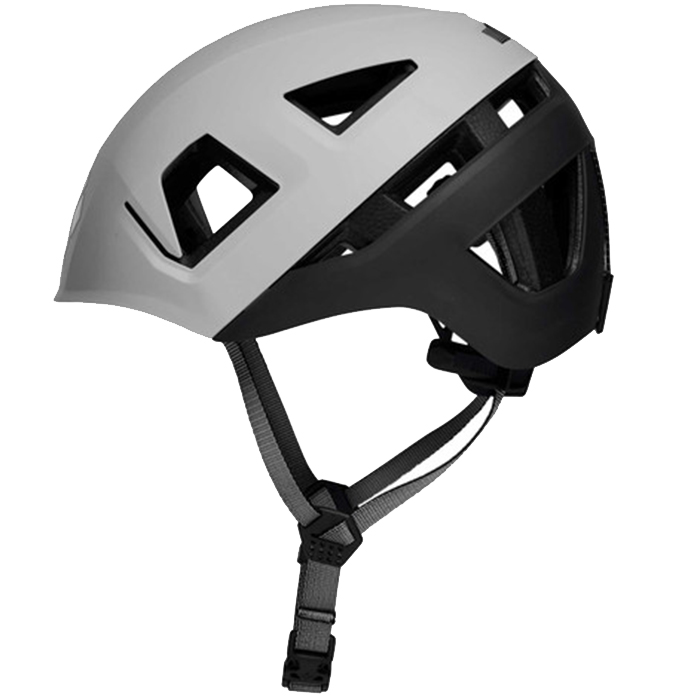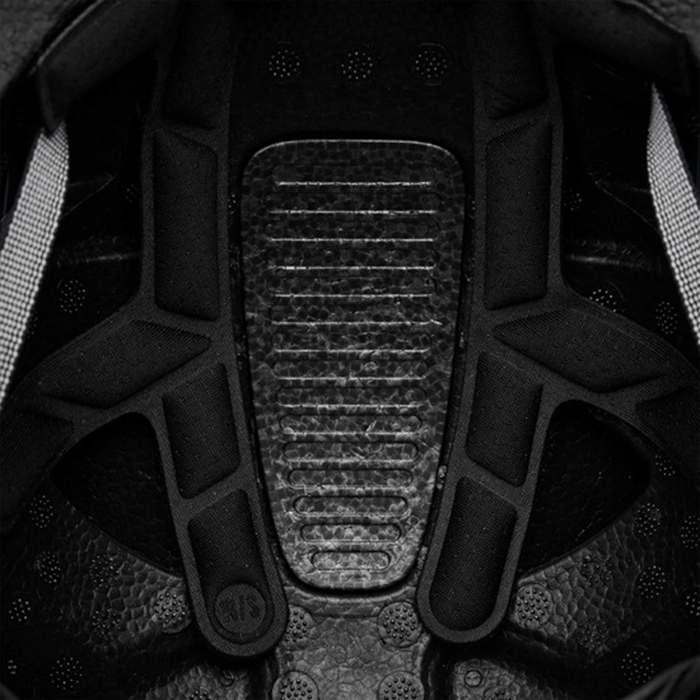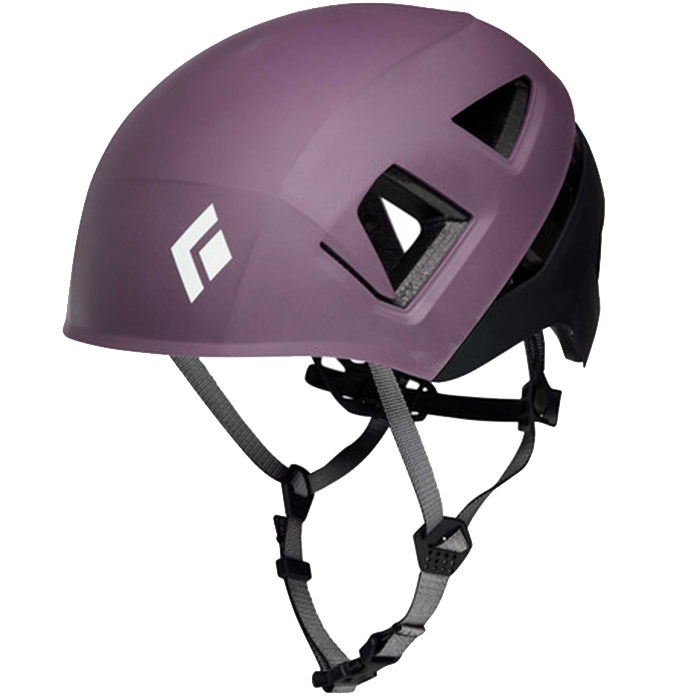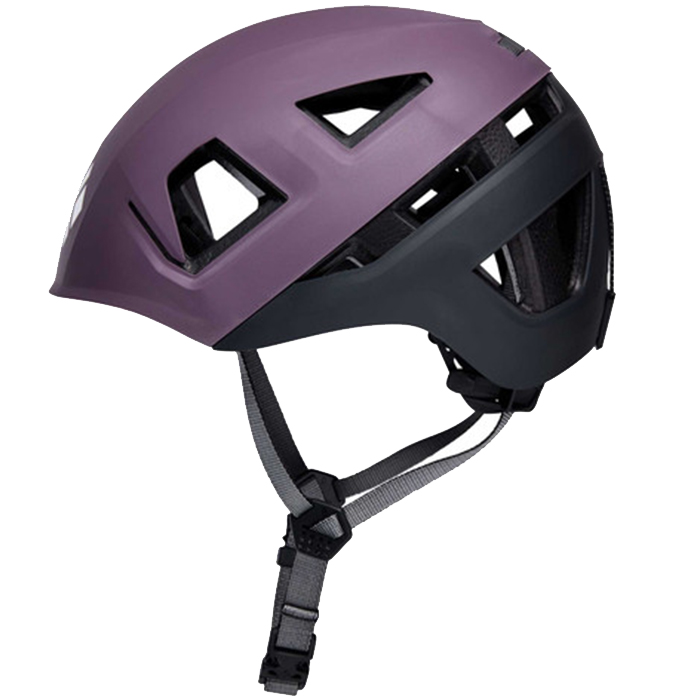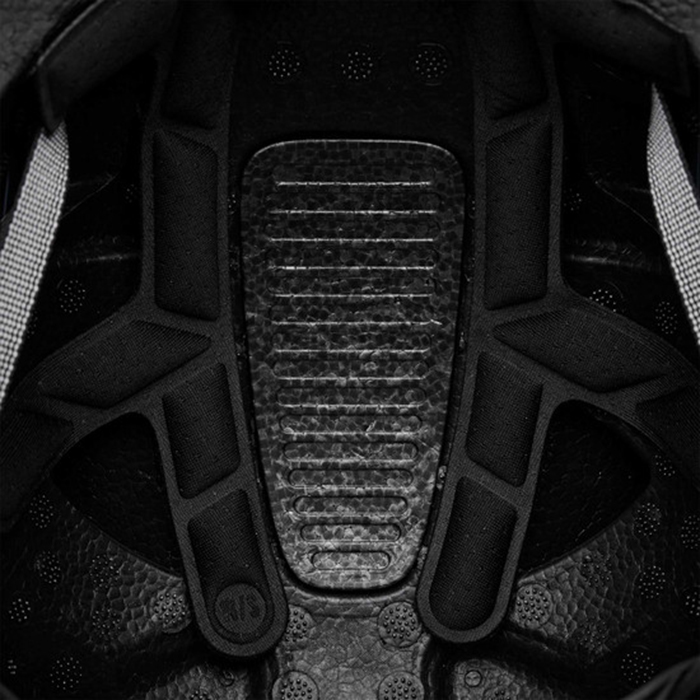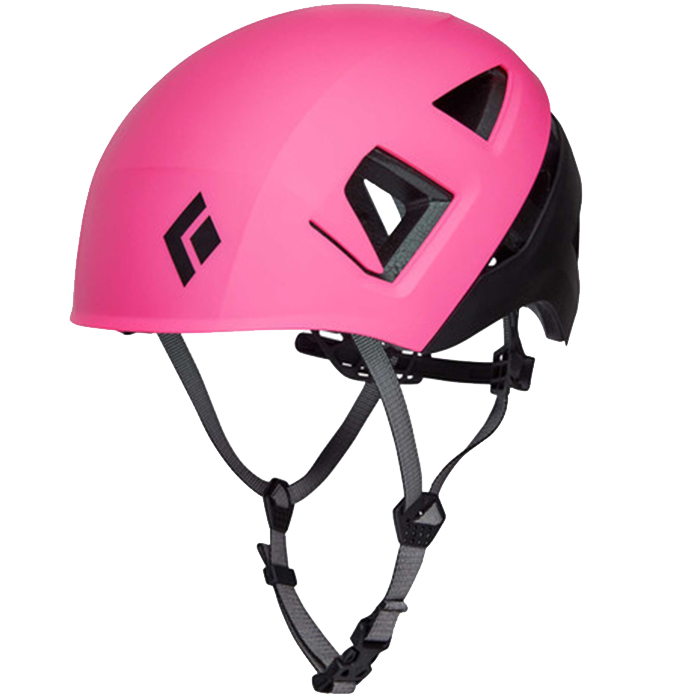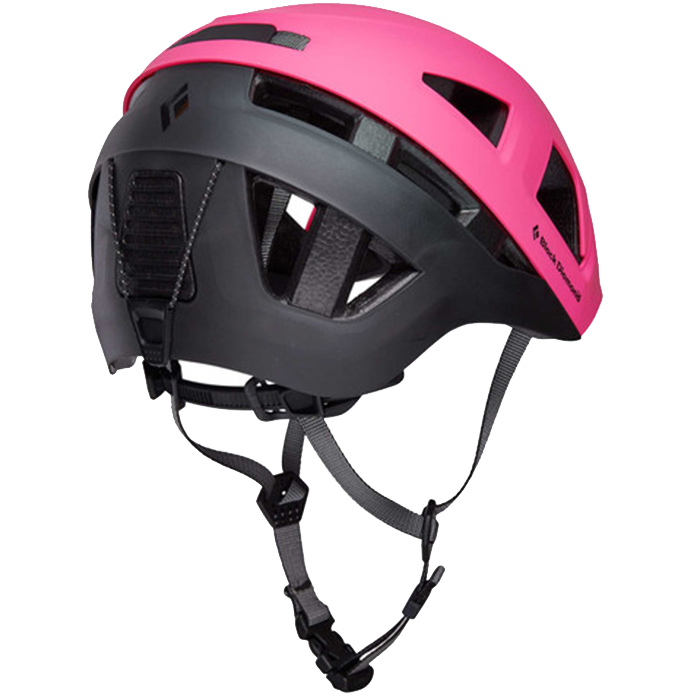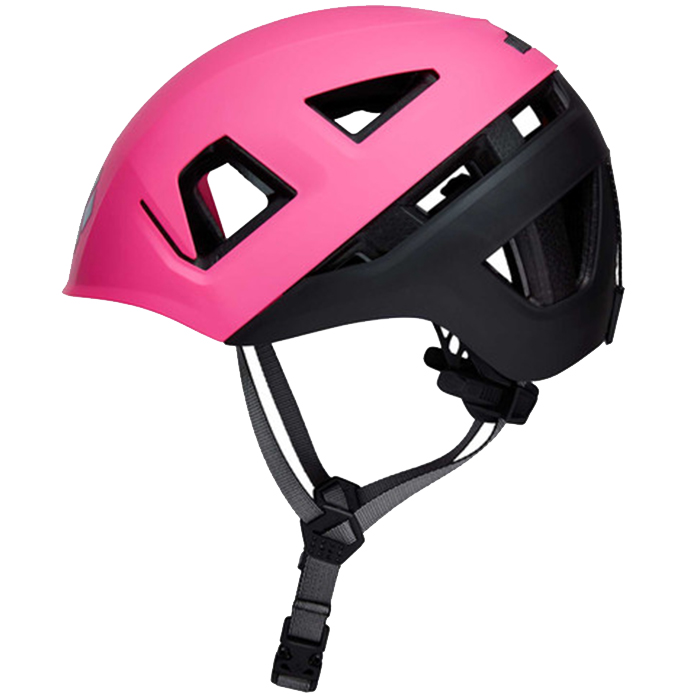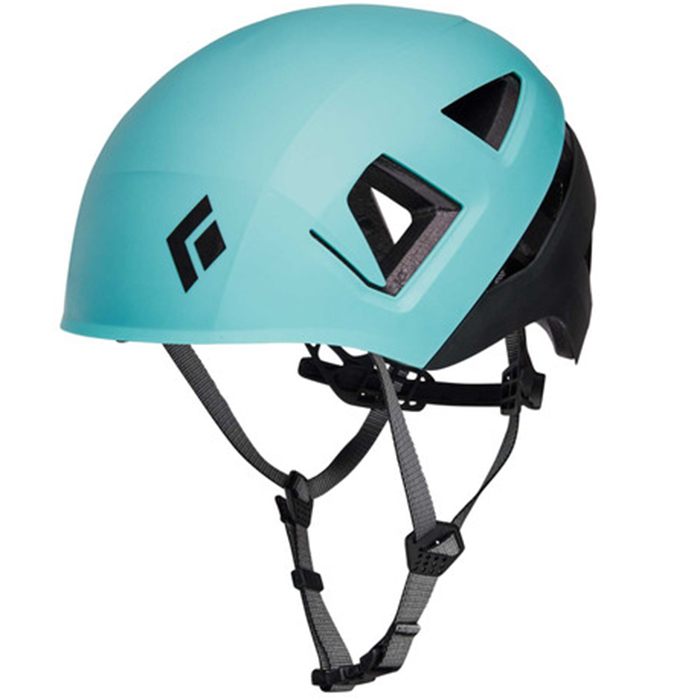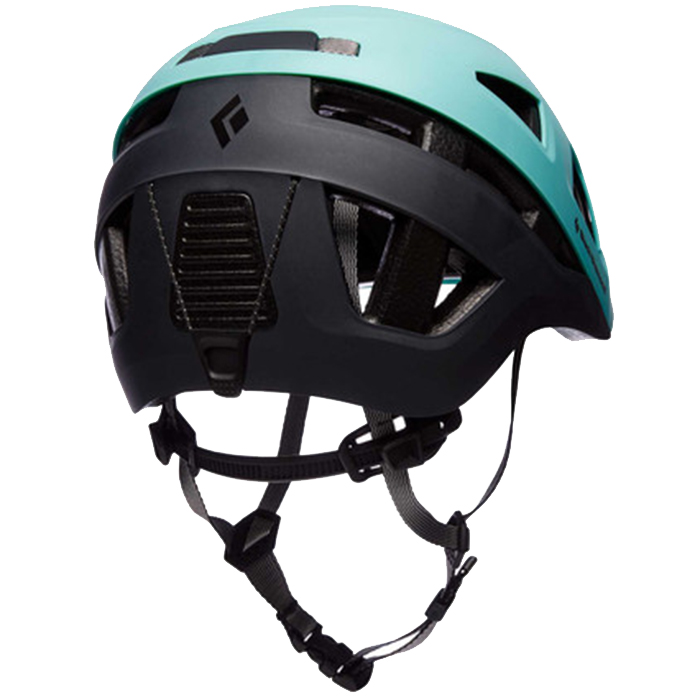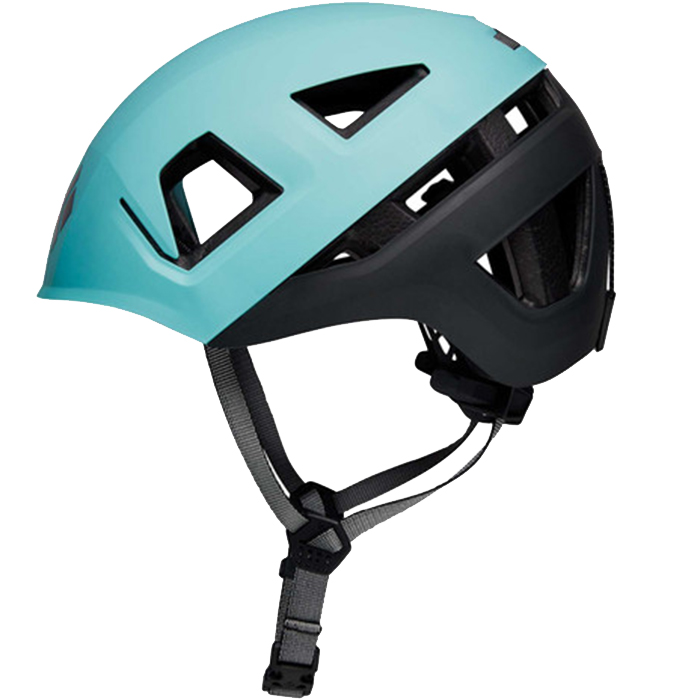How to use Black Diamond Helmets, inspection, warnings, care and maintenence with instructional pictures.
Capitan
Description
Retail price
When you click a link below and then checkout online, no matter what you buy (climbing gear or not), we get a small commission that helps us keep this site up-to-date. Thanks!
Weight (g)  | 295 g S/M: 295 g / 10.4 oz |
Gender  |
Unisex |
Size Range  | 21.00 in - 25.00 in S/M: 53-59 cm / 21-23 in |
Features  |
Multiple Sizes |
Quick Adjust  |
No |
Vents  |
Yes |
Headlamp Compatable  |
Yes |
Face Shield Compatable  |
No |
| Certification | CE, EN, UIAA |
No reviews yet.
Helmets have come a long way in recent years. What was formerly considered lightweight is now midweight, and the current lightweight ones have got even lighter. The latest iteration of the Vapor weighs just 155g, making it one of the lightest climbing helmets ever made. For someone that started climbing wearing a 455g Ecrin Roc, this is fairly mind-blowing, but it does come with some caveats, with the main one being "be careful", because great though they are, the modern breed of lightweights are comparatively fragile.
I’ve used the Capitan for trad, summer alpine a Scottish winter and been thoroughly impressed throughout. I am the proud owner of three high end helmets that are all lighter than the Capitan yet if truth be told I didn’t notice much real difference in my somewhat ‘average’ use. In Chamonix the temperatures were hitting the mid 30s, and everyone was sticking to rock routes, the Capitan felt totally comfortable. I wasn’t yearning for a lighter or more ventilated helmet, it remained perfectly secure and like all the best kit did its job unnoticed. Likewise in Scotland I appreciated the robust build that let me stuff it into the top of the sac without being overly concerned. On the hill the cradle gave sufficient adjustment to work over a mid-layer hood or beanie and remained secure throughout the usual thrutchings. At the end of the day it was easily stuffed back into the sac with the cradle neatly folding inside the helmet.
A pictoral representation of the UIAA-106 and EN-12492 standards for helmets.
The UIAA equipment standard provides a baseline for equipment performance in a test lab under controlled conditions on new equipment. Although these test conditions are relevant to the conditions encountered climbing, conditions encountered at the crags and the condition of the equipment are equally important. This recommendation from the UIAA member federation The British Mountaineering Council (BMC) provides vital equipment information that is NOT explicitly addressed in the standard, particularly failure modes of the equipment and recommendations for the use, inspection, maintenance, and retirement of equipment.


